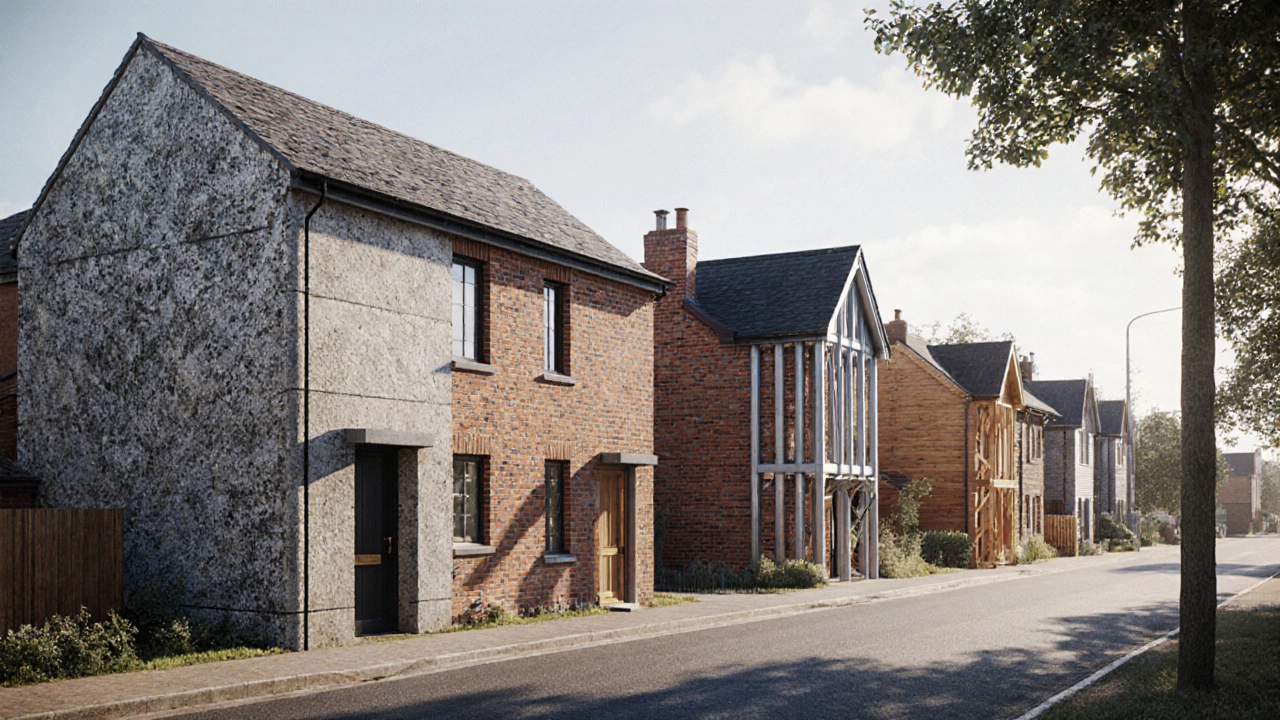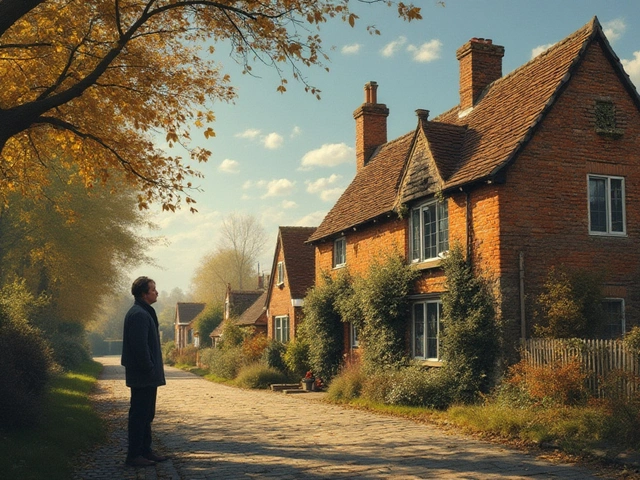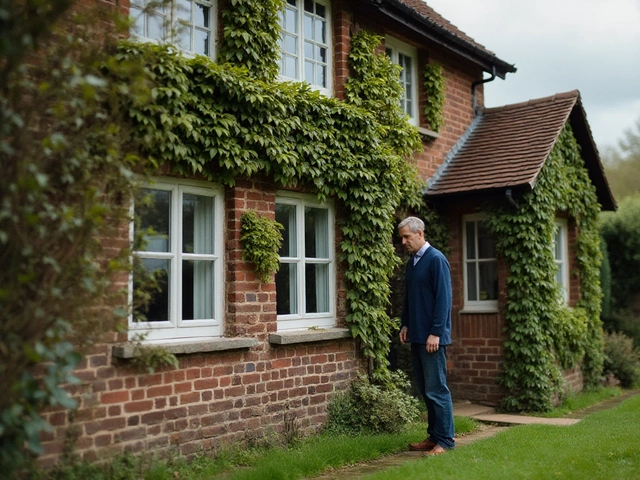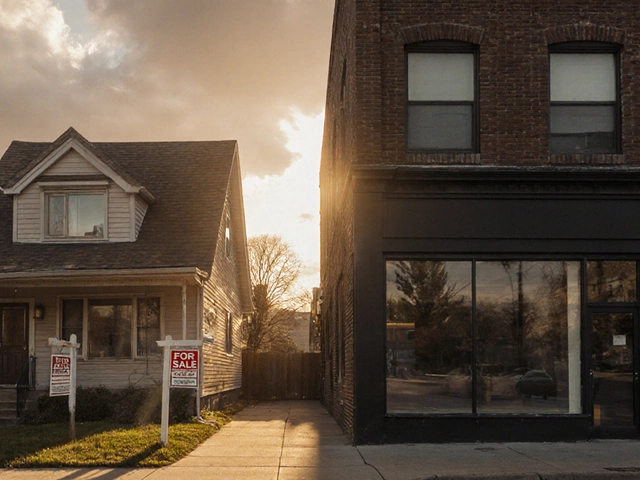Long-Lasting Building Material
When working with Long-Lasting Building Material, a material that retains strength, appearance and function for decades. Also known as durable construction material, it forms the backbone of reliable homes, offices and infrastructure, you’re really asking two questions: what’s the best material, and how do you keep it performing?
One of the most trusted options is Limestone, a natural stone valued for compressive strength and weather resistance. Limestone works hand‑in‑hand with Concrete, a blend of cement, aggregates and water that hardens into a rock‑like mass. When you pair these with a Steel Frame, a structural skeleton that carries loads efficiently and resists fire, you create a system where each component reinforces the other, delivering the longevity many builders promise.
Key Factors for Durability
Long‑lasting building material encompasses three core ideas: resistance to moisture, ability to handle load, and ease of maintenance. Moisture resistance matters because water is the #1 enemy of stone and concrete – it seeps, expands, and eventually cracks. Choosing a material with low porosity, like dense limestone, or adding a proper sealant to concrete, stops that cycle early.
Load‑bearing capacity is the second pillar. Steel frames excel here; they distribute weight evenly, reducing stress on any single point. This is why many modern commercial projects favor steel, while residential builds often blend timber with concrete for a balanced approach.
Maintenance simplicity rounds out the trio. A material that can be cleaned, repainted, or repaired without major demolition saves time and money. For example, a concrete slab can be resurfaced, while a limestone façade only needs occasional joint repointing.
These three pillars require careful planning at the design stage. Architects and engineers use tools like moisture testing, load calculations and life‑cycle cost analysis to decide which mix of limestone, concrete and steel best fits the project’s climate and budget.
Beyond the core materials, the way you build matters. A solid foundation, proper drainage and correct expansion joints ensure that the chosen material performs as intended. Ignoring these details often leads to premature wear, mold growth in new builds, or settlement after years of service.
In practice, the best long‑lasting building material strategy involves selecting a primary material (e.g., limestone exterior), complementing it with supporting systems (steel framing, waterproofed concrete floors) and pairing everything with construction best practices (foundation design, moisture barriers). The result is a structure that stays stable, looks good and needs minimal upkeep for decades.
Below you’ll find articles that dig deeper into each of these aspects – from steel‑frame dominance in commercial projects to mold prevention in new homes, from contractor tier selection to foundation repair techniques. Whether you’re a homeowner, a builder, or a developer, the collection offers practical insights that help you pick, protect and prolong the life of the materials you trust.
Longest‑Lasting Building Materials for Houses: What Really Stands the Test of Time

Explore the most durable building materials for homes, compare stone, concrete, brick, steel, and engineered wood, and learn how to choose the best option for lasting strength and low maintenance.
read more



